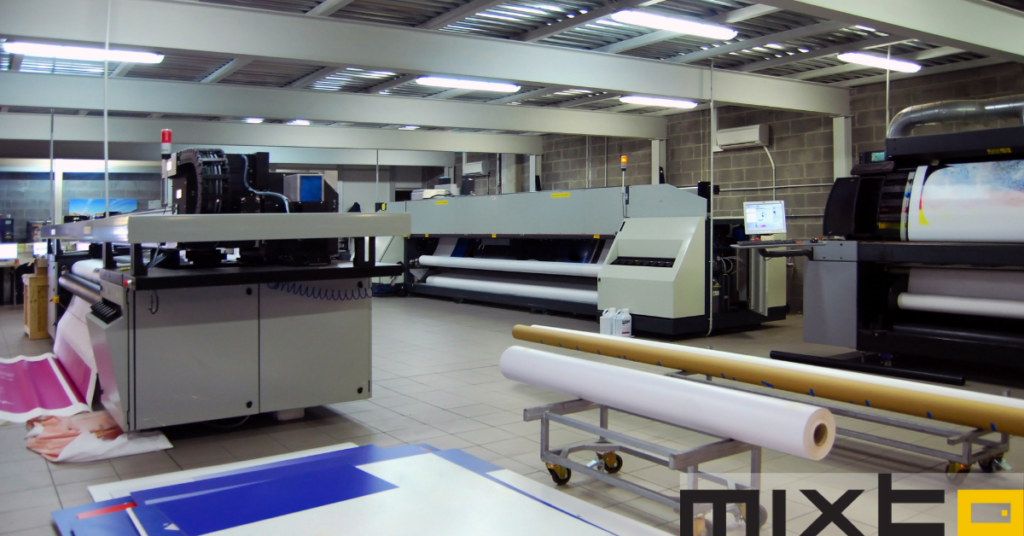
Digital printing is a process of printing from a digital image instead of from a traditional plate. This process eliminates the need for traditional film and photographic processing, making it a popular choice for businesses and other organizations. In addition to convenience and efficiency, digital printing also provides opportunities for customization and personalization that can be difficult with traditional methods.
Digital printing produces high-quality results, and it can be done on-demand, which means that you don’t have to wait for large quantities of prints to be made. Because there is no need for plates or screens, the setup time is much shorter than with other methods. Compared to traditional offset printing, digital printing is more cost-effective and efficient. It can also be used to produce variable data, which means the printed piece can include different text or images for each copy. Additionally, it allows for greater flexibility when it comes to design changes. This makes it an ideal option for personalized marketing materials or unique invitations.
It can be used to produce a wide range of items, such as business cards, brochures, and postcards. The biggest difference between digital printing and other methods is the use of digital files rather than physical plates. This means that images can be printed in smaller quantities without the hassle and expense of making new plates each time. Thanks to its many benefits, digital printing is quickly becoming the go-to option for print jobs of all sizes.
The process of digital printing
Step 1
The process of digital printing starts with the creation of an image from a computer or other electronic device. Creating a high-resolution image requires careful attention to detail and preparation as it is the main component of what needs to be printed.
Step 2
Crop marks are then added to the image so that the final printed product will not have any untrimmed edges. This step is important as it ensures that the printed document will have a clean and professional look.
Step 3
The next step is imposition. Imposition is the process of creating a layout for the project before sending it to the printer. This layout ensures that all of the pages in the project are arranged correctly and are ready to print. This is typically done by a software program, although some printers have built-in imposition tools. The order in which pages are arranged can affect how the finished product looks, so it’s important to get it right.
Step 4
The image is converted into an appropriate format (JPEG, BMP, or even PDF), and is then sent directly to the printer from a computer or other electronic device. Converting the file into the proper format is necessary to ensure that the printed image is of high quality.
Step 5
The printer prints the image or file onto the selected material. The printer uses inkjet or laser technology to print the file. A digital printer prints by spraying tiny droplets of ink onto paper. The printing of the image is the last step in the printing process, and it is during this stage that the final print product is ready.
In the printing world, digital printing is the most recent and advanced technology. It produces superior outputs in comparison to traditional printing techniques. If you are looking for the best type of printing service, then look no further than digital printing.
Digital printing is a fast and efficient way to get your company’s identity out there with a professional-looking product that will be sure to grab customers attention. Mixto is the best option for any type of digital printing needs.
We offer all types of digital print services, including short-run and large-run commercial printing jobs that can be done on-demand or as preorders. With our state-of-the-art equipment, we can provide high-quality prints at competitive prices for any business.
Contact us today for more information about how we can help you find solutions for your project needs!
